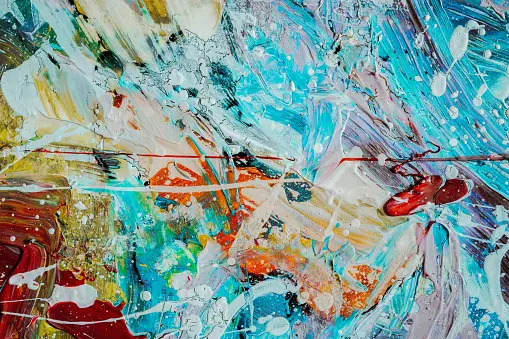Exploring Impasto Painting: A Textured Symphony of Colors
 Posted On
Posted On
Impasto painting is a technique that has been embraced by artists for centuries, celebrated for its ability to infuse depth, texture, and emotion into a two-dimensional canvas. Derived from the Italian word “impastare,” which means “to paste” or “to mix,” impasto painting involves applying thick layers of paint to create a textured and three-dimensional effect. This technique has been employed by numerous famous artists, including Vincent van Gogh, who used it to convey his turbulent emotions and create some of his most iconic works.
Impasto painting is distinguished by its use of thick, heavily textured brushwork. Artists often use a palette knife or a stiff brush to apply paint in layers, building up the surface of the canvas. This results in a visually striking and tactile quality that captivates viewers and invites them to explore the painting with their senses.
One of the primary reasons artists choose impasto as their technique of choice is the opportunity it provides to play with light and shadow. The raised paint creates a dynamic interplay of light, casting shadows and highlights that give the artwork a sculptural quality. This effect can be particularly dramatic when the impasto is combined with bold and contrasting colors, enhancing the overall visual impact.
Another advantage of impasto painting is its ability to convey emotion and energy. Artists can use the texture of the paint to create a sense of movement and vitality within their compositions. For example, the swirling impasto strokes in van Gogh’s “Starry Night” evoke a sense of turbulence and emotion, reflecting the artist’s inner turmoil. The thickly applied paint adds an almost tangible intensity to the scene, drawing viewers into the painting’s emotional world.
Impasto can also be used to emphasize specific elements within a composition. By applying thicker layers of paint to certain areas, an artist can make objects or details stand out, creating a sense of depth and focal points. This technique is particularly effective when painting still life, as it allows artists to highlight the texture and volume of objects like fruit, flowers, or drapery.
Impasto painting is not limited to any particular style or subject matter. It has been employed in various artistic movements, from the vibrant and expressive works of the Impressionists to the abstract and textured canvases of the Abstract Expressionists. Each artist brings their unique vision to the technique, using it to convey their personal style and message.
Creating an impasto painting requires both technical skill and creativity. Artists must carefully consider the thickness of the paint, the texture of the canvas, and the choice of tools to achieve their desired effect. Experimentation is often a key part of the creative process, as artists explore the possibilities of impasto and how it can enhance their artistic expression.
In conclusion, impasto painting is a technique that has stood the test of time, captivating audiences with its rich texture, dramatic interplay of light and shadow, and emotional depth. Whether used to convey turbulent emotions, highlight specific elements within a composition, or simply add a tactile quality to a work of art, impasto continues to be a powerful tool in the artist’s repertoire. As artists explore new ways to push the boundaries of this technique, impasto painting remains a timeless and evocative form of artistic expression.



